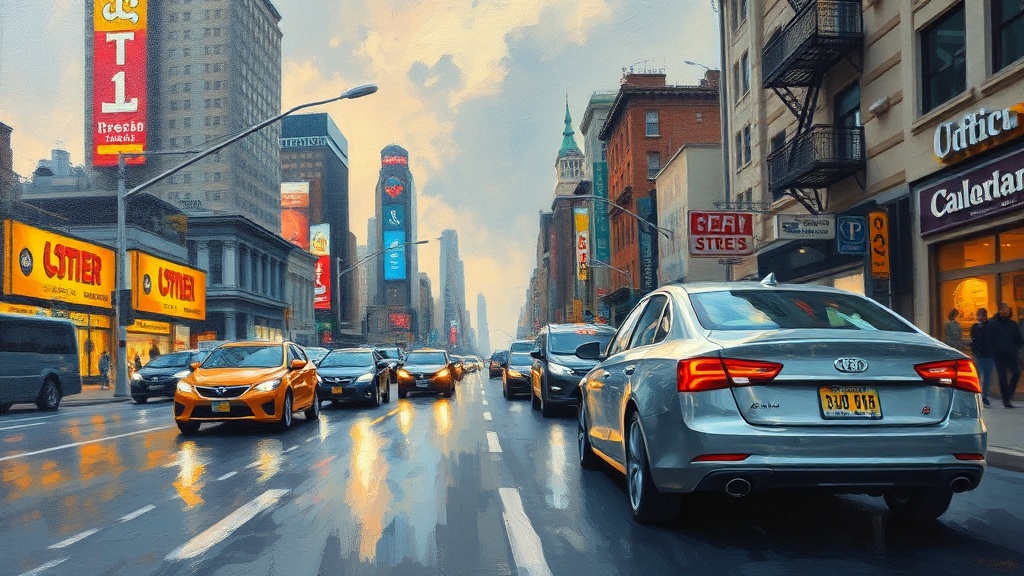How Uber Is Shaping Urban Mobility: Safety, Drivers, and Sustainability
Uber has become a central part of how people move around cities, and its evolution reflects broader shifts in urban transportation.
Riders expect fast, reliable pick-ups; drivers want fair earnings and flexibility; city leaders demand safer, cleaner options. Here’s a look at the features, trends, and practical tips that matter now.
Safety and rider experience
Uber continues to invest in safety tools built into the app. Key features many riders rely on include trip sharing with trusted contacts, an in-app emergency button that connects to local authorities, driver background checks where required, and two-way ratings that help maintain service standards. Demand for visible safety measures has driven improvements like real-time location updates and clearer vehicle/driver identification at pick-up.
How riders can stay safer and save time:
– Verify the license plate, vehicle make, and driver name before entering.

– Share your trip with a trusted contact for live tracking.
– Use scheduled rides for important trips to avoid surge pricing and reduce wait stress.
Driver support and earnings
Drivers balance flexibility with the need for predictable income. The platform offers features that help manage earnings—upfront fares, destination filters, and heat maps showing high-demand areas. At the same time, drivers are increasingly focused on controlling expenses: fuel economy, vehicle maintenance, and efficient routing matter. Tools like mileage tracking and expense logs are essential for keeping net income healthy.
Tips drivers find useful:
– Time rides around local demand peaks (commute corridors, events, airports).
– Keep a clean, welcoming vehicle and offer phone chargers and bottled water for 5-star ratings.
– Track expenses and ride data to optimize routes and reduce idle time.
Sustainability and electrification
Urban mobility is moving toward lower emissions, and Uber is part of that shift. Partnerships with automakers, charging networks, and clean energy providers aim to make electric vehicles (EVs) easier for drivers to adopt.
Incentive programs and discounts on EV purchases or conversions are increasingly available through the platform and local initiatives, reducing the total cost of ownership for drivers.
Micro-mobility and multimodal integration
Beyond cars, micromobility—scooters, bikes, and public transit integration—plays a growing role. Uber’s multimodal options help fill short-trip gaps and reduce congestion in dense neighborhoods.
For riders, this means more ways to get from A to B in a single app, often combining a short bike ride with a car or transit leg.
Delivery and on-demand services
Uber Eats and other delivery services have matured into a major category, providing flexible income for couriers and fast options for consumers.
Optimization algorithms route deliveries efficiently, while in-app tools let couriers manage multiple orders and earnings. Consumers benefit from expanded restaurant choices and faster delivery times as logistics improve.
Regulation and urban planning
Cities are adapting rules for ride-hailing, deliveries, and curb management. Expect ongoing dialogue between platforms, regulators, and community groups to address congestion, equitable access, and worker protections.
Smart curb policies and designated pick-up/drop-off zones are practical steps cities are testing to streamline flow and safety.
What to watch for
Look for continued emphasis on safety, better earnings transparency for drivers, more seamless multimodal journeys, and stronger incentives for electrification. These trends are shaping how people commute, run errands, and get food delivered—making urban life more flexible and connected.
Whether you ride, drive, or both, staying informed about app features, local regulations, and sustainability programs helps you make smarter, safer, and more economical choices in the changing world of ride-hailing.